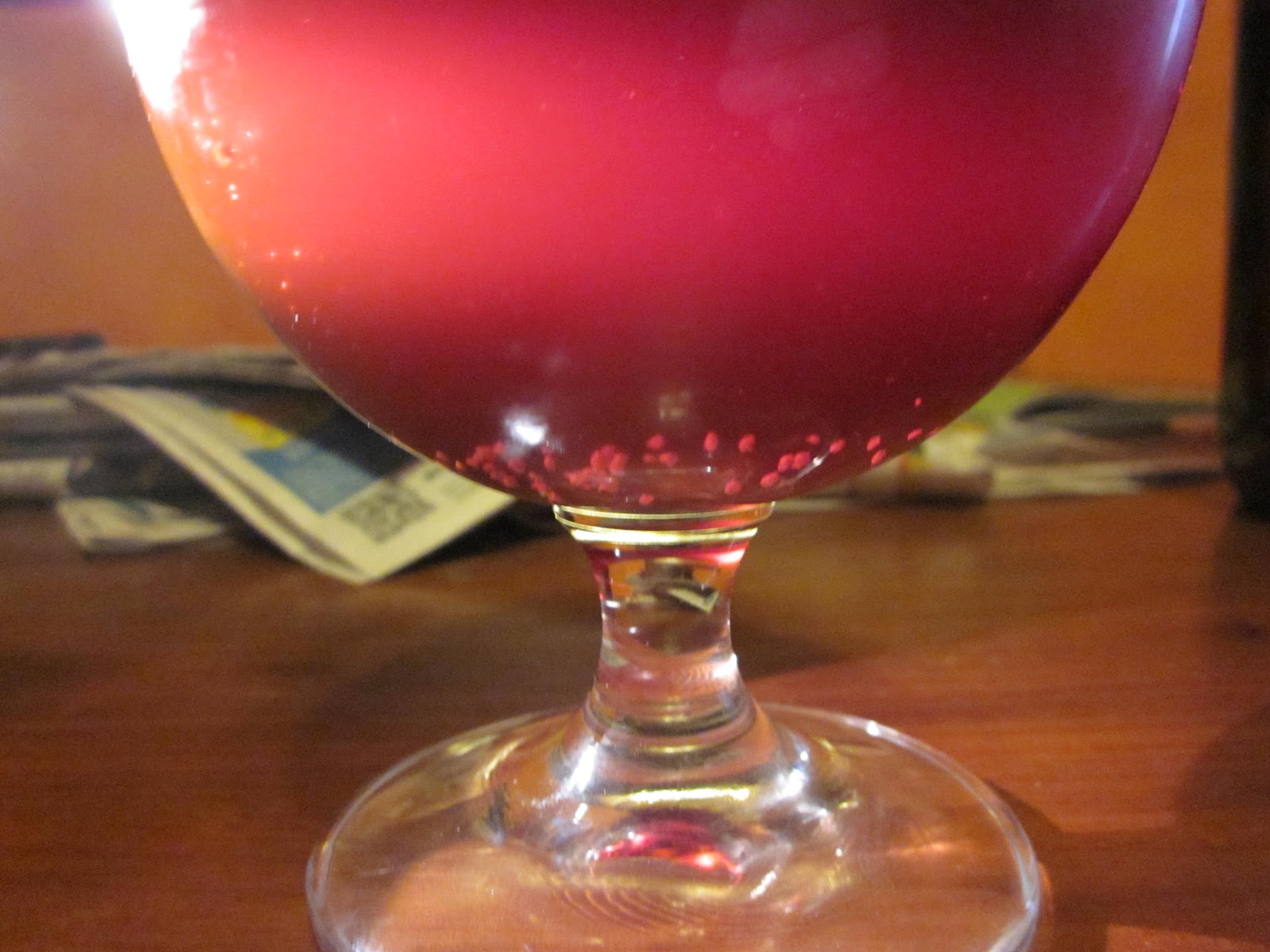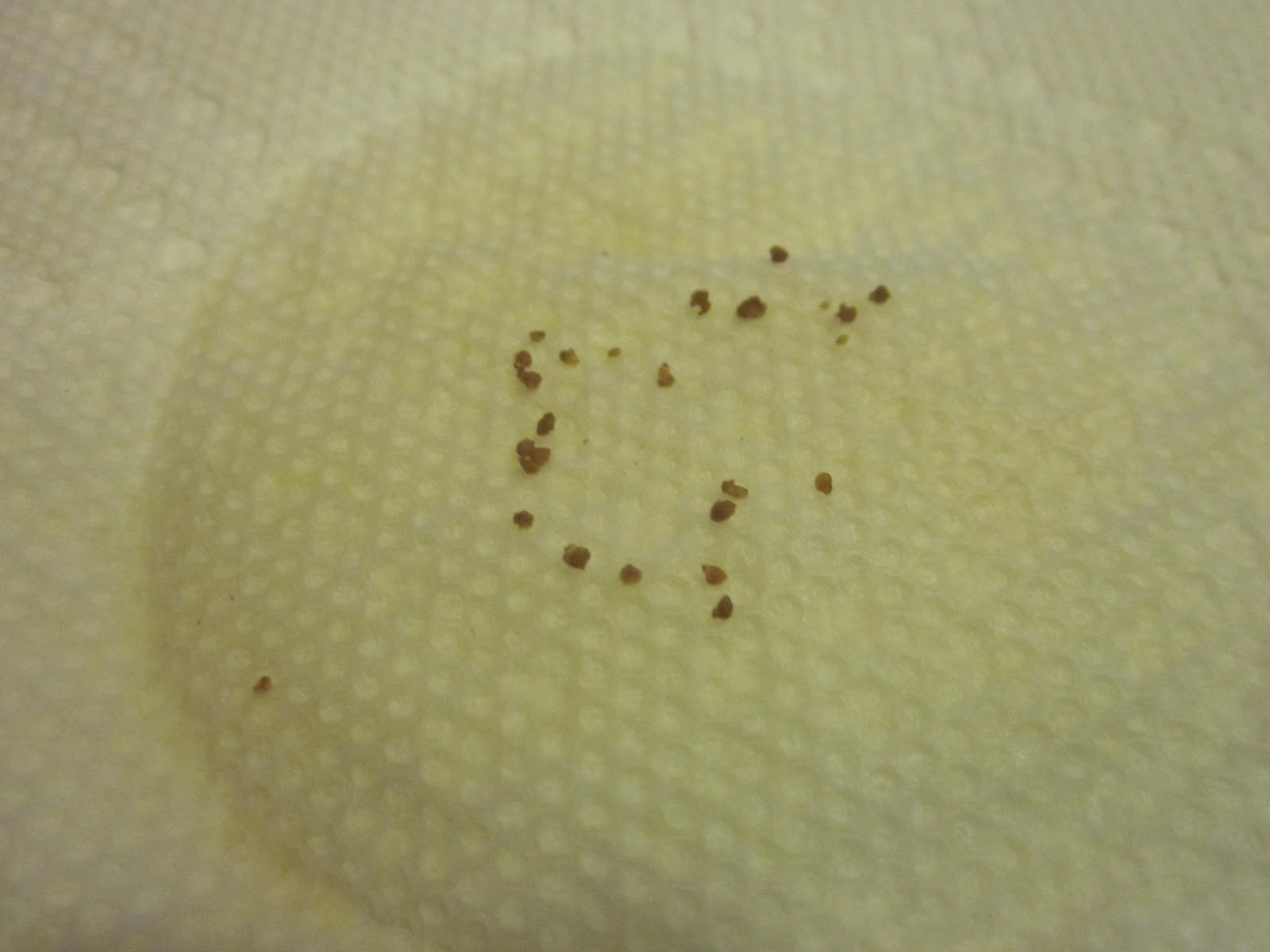RickFinsta
Well-Known Member
Just wondering if anyone else has seen this. I've got a 1728 strain I've been reusing for some time now because it keeps kicking ass and making great beer. However, the last few batches of on of my beers (but only that one recipe) these little guys have shown up floating in the secondary, and then they tend to settle in the keg (so only the first few pours get them).


Ideas? They look to be almost vegetal in nature, but I'm pretty sure it's just some expression coming out in the yeast after many generations.


Ideas? They look to be almost vegetal in nature, but I'm pretty sure it's just some expression coming out in the yeast after many generations.


